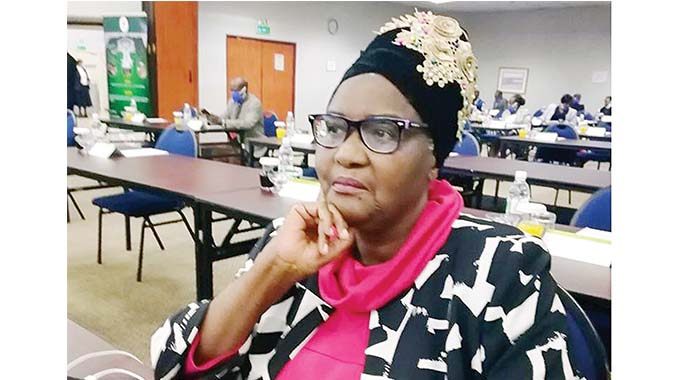24 percent of prisoners living with HIV

Thandeka Moyo-Ndlovu, Senior Health Reporter
PEOPLE Living with HIV (PLHIV) constitute 24,1 percent of the prison population in Zimbabwe, with reports that more than half of these are co-infected with TB and HIV.
Prisoners are part of the key populations identified by the World Health Organisation and the list includes gay men, transgender, men who have sex with men (MSM), those who abuse drugs and women.
People who belong to key affected populations are people who, for one reason or another, are more vulnerable to HIV infection and should be prioritised if high HIV burden countries are to eradicate Aids by 2030.
Prison conditions are often ideal breeding grounds for onward transmission of HIV infection.
According to the National Aids Council 2021 estimates, 437 people were initiated on antiretroviral therapy (ART), a majority of them being male.

National Aids Council
The 36-40 age group account for the majority of PLHIV in prison.
National Aids Council (Nac) estimates that although all prisons have a holding capacity of 17 000, there are 20 144 prisoners in Zimbabwe, with a minimum of 16 928 and a maximum of 23 359.
“PLHIV constitute 24,1 percent of the prison population and in 2021 we managed 6 629 inmates with HIV education in all provinces. Of those, 98,4 percent PLHIV in prisons are on ART and we initiated 437 new clients in 2021,” said Amon Mpofu, Nac monitoring and evaluation director.

Mr Amon Mpofu
He said there were 145 TB cases detected during the same period in prison, the majority being from Harare and Bulawayo.
“About 52 percent of the infected male inmates were co-infected with HIV and TB and measures are in place to continue reaching them as they are part of key populations.”
In an interview, Ms Martha Todlana, an HIV activist, said it is imperative and possible that prison inmates be provided with comprehensive HIV and related services.
“This includes screening and testing, prevention information and tools, treatment and diagnostic monitoring and adequate nutrition. In prisons, inmates who are negative should be fully informed on prevention, and have access to prevention,” she said.

HIV- Image taken from Shutterstock
“Those who are HIV-positive should have access to regular laboratory diagnostic monitoring and adequate anti-retroviral therapy. All prisoners should have adequate safe drinking water and nutrition; the first line of defence to prevent infection and re-infection, as well as supporting a state of general health and well-being.”
She said good ventilation and avoiding overcrowded conditions is critical for prevention of tuberculosis.
“The comprehensive services should be made available at all prison facilities, from the smallest prison and those in remote rural areas to the large ones and those in urban areas.”
Chairperson of the Parliamentary Portfolio Committee on Health Dr Ruth Labode recently said much work is needed in prisons so that they have free access to all HIV preventative services that are being rolled out as part of efforts to curb HIV infections in Zimbabwe.
These include use of condoms, HIV testing, Pre-Exposure Prophylaxis and voluntary medical male circumcision. — @thamamoe








Comments